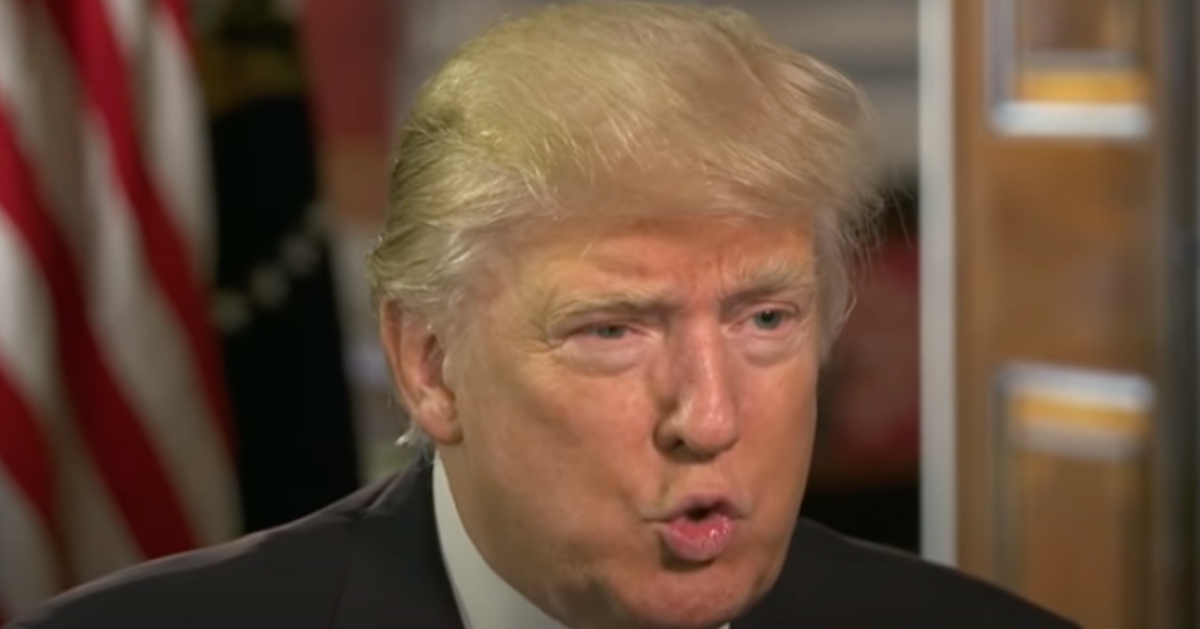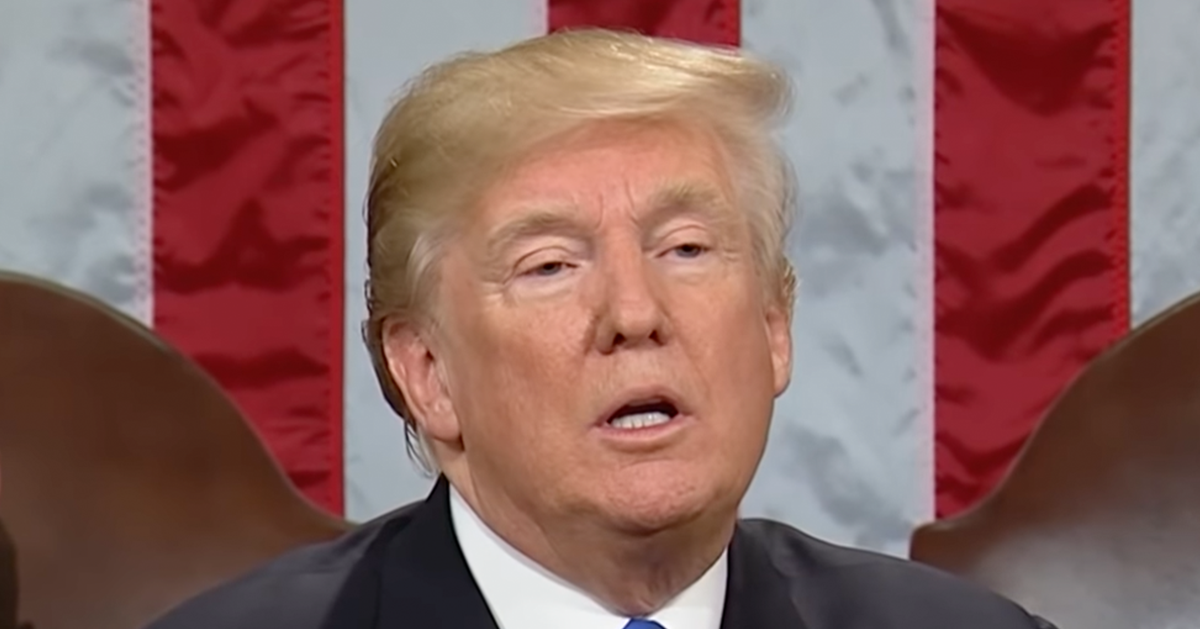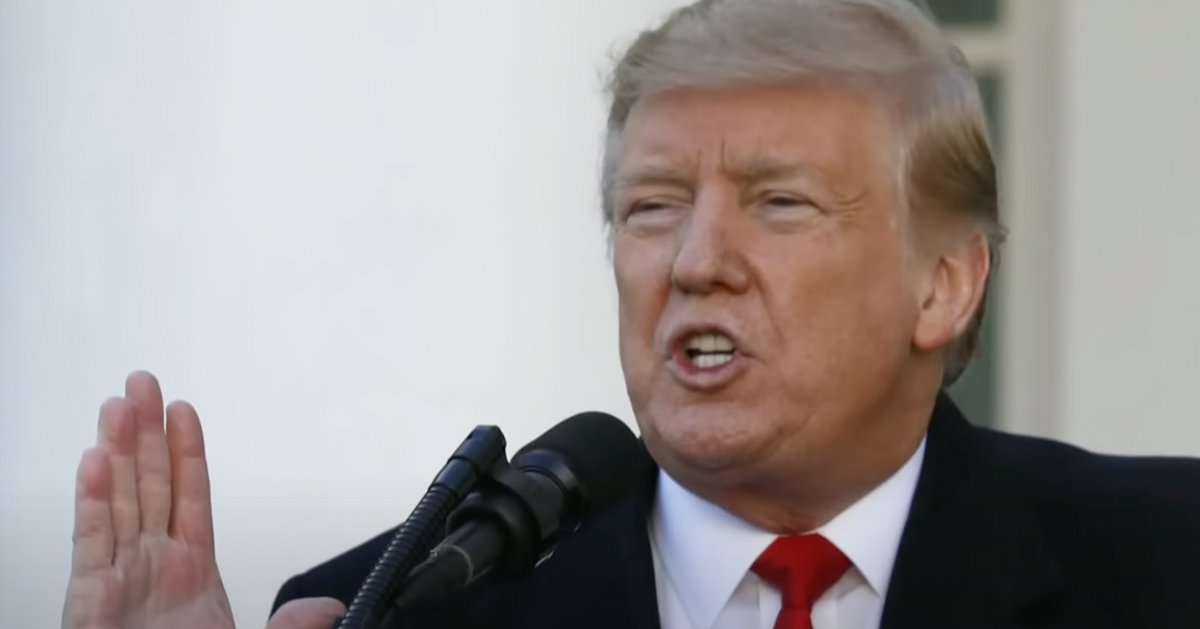Trump, Musk work to reform Biden-era federal workforce policies
President Donald Trump, in collaboration with tech magnate Elon Musk and the Department of Government Efficiency (DOGE), has initiated dramatic reforms targeting federal workforce management as part of a broader efficiency mandate.
These sweeping changes reverse the remote work practices instituted during President Joe Biden's term, a scenario exemplified by a recent photo of an empty government office cafeteria, prompting substantial debate over potential impacts on federal operations, as the Daily Mail reports.
During Biden's administration, remote work quickly became the norm within federal agencies, leading to an underutilization of certain government facilities.
For example, the Department of the Interior's cafeteria was shuttered, reportedly due to the lack of physical presence, a point emphasized by Doug Burgum, the new secretary of the Interior.
Focus on Restructuring Federal Workforce
In contrast, the new initiatives led by Trump and Musk prioritize the reduction of the federal workforce and a return to in-person work. Under these changes, the government aims to eliminate positions while requiring remaining employees to return to office settings.
"Requiring federal employees to come to the office five days a week would result in a wave of voluntary terminations that we welcome," Musk opined, underscoring the administration’s intention to restore workplace attendance.
As part of the transition, DOGE's role includes mitigating the impact on employees displaced as a result of these policies. According to an op-ed issued by DOGE, the department seeks to support laid-off federal workers as they move into the private sector, emphasizing a respectful transition process.
Reversing Biden-Era Policy
The policy shift represents not just a literal return to workspaces but an ideological departure from the prior administration's handling of government efficiency.
During Biden’s presidency, headquarters like HUD were characterized as vastly underutilized, drawing comparisons to a "taxpayer-funded Spirit Halloween."
Recent reports highlight that at least 75,000 federal employees have accepted voluntary buyouts, with additional reductions anticipated. Burgum, advocating for the working conditions, stated, "Under the Biden administration, there were so few people in the Interior office that the cafeteria closed."
Financial Implications and Efficiency Goals Emerge
The Trump administration has asserted legal authority for these workforce reductions despite existing civil-service protection laws, framing these actions as fiscally responsible. DOGE recently announced a retrieval of $1.9 billion in misplaced funds within HUD, attributing the issue to oversight during the Biden years.
Recovery efforts also addressed areas of waste across various federal agencies, including USAID and the Department of Education.
An anonymous source criticized federal workers who, according to their perspective, only engage when protesting but not when fulfilling their duties.
Reallocating Recovered Funds for Public Use
In addition to reallocating operational roles, DOGE initiatives purport the discovery of $55 billion via fraud mitigation, cancellation of superfluous contracts, and asset liquidation. A post by DOGE confirmed, "The funds are now available for other use by the Treasury," suggesting potential applications ranging from debt reduction to taxpayer dividends.
While these administrative reforms are underway, the ramifications of the initiative remain under scrutiny, particularly how best to balance federal efficiency with worker rights and morale.
The suggestion from DOGE to distribute the recouped savings as $5,000 dividends to taxpayers adds a potential political incentive for public support.
Public Reaction and Political Implications Unfold
Nevertheless, the response from those affected is mixed. Federal workers have shown opposition to the mandates, justified by some as a necessary move for a streamlined government function. "You have federal workers showing up to protest President Trump's plan to make government work for the people on a federal holiday," remarked an anonymous source, capturing sentiments of frustration connected to this ideological overhaul.
In the midst of these strategic shifts, public discourse continues to echo the divided nature of perceptions regarding federal employment policies, reflecting broader debates about governmental structure and efficiency. As the federal workforce undergoes this transformation, the impact of these changes will unfold in the coming months and may reshape public service in America.





